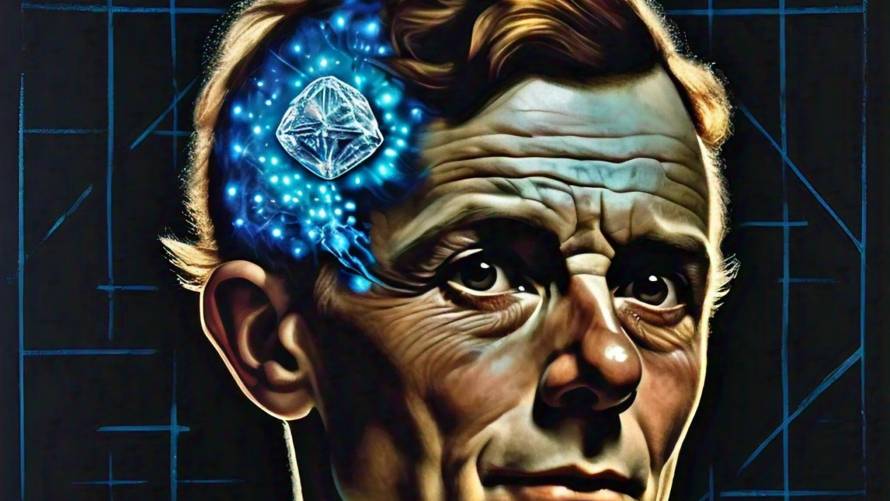In an unexpected discovery, researchers at the Max Planck Institute for Intelligent Systems in Stuttgart have found that diamond dust, a carbon-based material, has signal-enhancing properties that could potentially make it a future alternative to gadolinium, the widely used MRI contrast agent. The finding, which happened by accident, may open up new possibilities in medical imaging.
Drawbacks of Gadolinium as a Contrast Agent
Gadolinium, a heavy metal, has been used in clinics for more than 30 years to detect tumors, inflammation, or vascular abnormalities. However, when injected into a patient’s bloodstream, gadolinium not only travels to tumor tissue but also to surrounding healthy tissue, where it can be retained in the brain and kidneys for months or even years after the last administration. The long-term effects on patients are not yet known, and gadolinium also causes a number of other side effects. Researchers have been searching for an alternative for years.
Accidental Discovery of Diamond Dust’s Potential
Dr. Jelena Lazovic Zinnanti, who heads the Central Scientific Facility Medical Systems at MPI-IS, was working on an experiment using nanometer-sized diamond particles for a different purpose when she made the surprising discovery. She had intended to use the diamond dust to heat up drug-carrying capsules made of gelatin, but when she took MRI images a few days later, she found that the capsules were still bright, even without the addition of gadolinium.
“Wow, this is interesting, I thought! The diamond dust seemed to have better signal enhancing properties than gadolinium. I hadn’t expected that,” Jelena recollects.
Further experiments involving the injection of diamond dust into live chicken embryos showed that while gadolinium diffuses everywhere, the diamond nanoparticles stayed in the blood vessels, didn’t leak out, and later shone brightly in the MRI.
Although the reason for the diamond dust’s magnetic properties remains a mystery, Jelena believes that the tiny particles may have carbons that are slightly paramagnetic, potentially due to a defect in their crystal lattice. However, the toxicity of diamond dust still needs to be carefully examined in the future.
If diamond dust is found to be safe and well-tolerated by patients, it has the potential to become a new contrast agent option for future MRI scans, where it would be deposited in tissue with abnormal vasculature, such as tumors, but not in healthy tissue.

